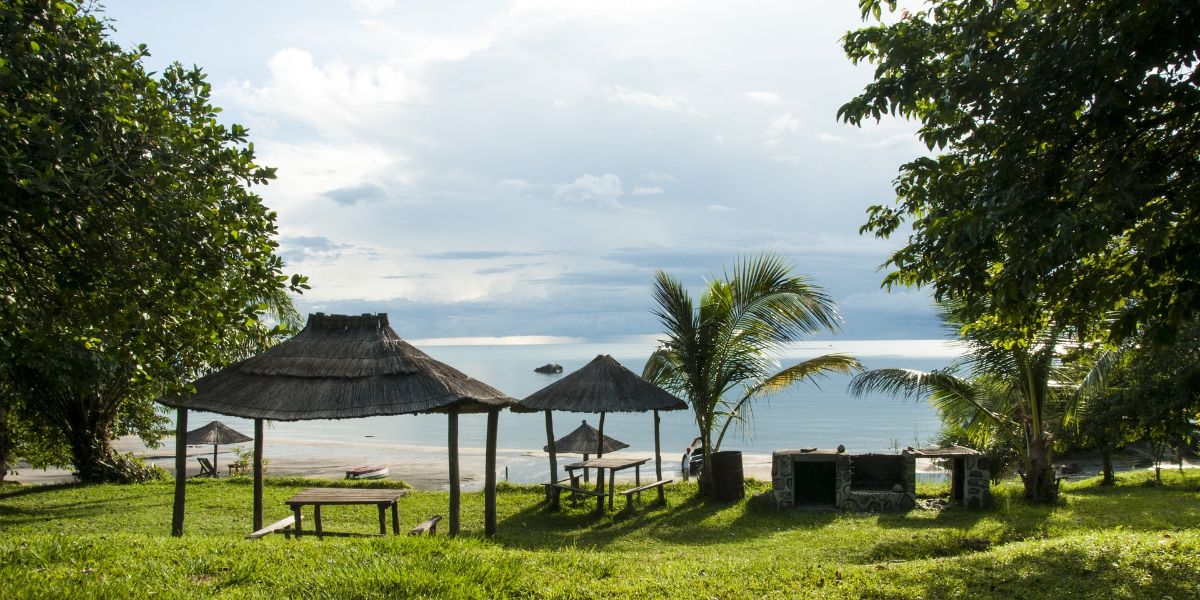The third Trade Policy Review of Malawi was carried out by the World Trade Organization (WTO) on 27 and 29 April 2016. A report issued by the WTO staff in connection with the review has been published on the WTO website.
The report notes that the economy of Malawi has experienced strong growth rates in recent years peaking at 9.5% although there was a marked slowdown in 2012. Total merchandise trade increased to 102% of GDP in 2014. The economy is largely agricultural and vulnerable to adverse weather and changes to the terms of trade.
The WTO review notes that the cost of doing business remains high owing to challenges of transportation, communication, energy and administration. This has an impact on Malawi’s international competitiveness and its ability to attract foreign investment despite an open investment regime. As Malawi is landlocked it depends on the efficiency of transit corridors and ports in other countries, and despite progress in recent years the corridors still lack efficiency. Transport time to the nearest maritime ports is usually several days and this increases the costs of trading and reduces the range of exportable products.
Public debt has been increasing owing to suspension of external budget support. The current account deficit has been increasing owing to a strong increase in imports of merchandise that is not matched by increases in exports. This has been financed by inflows of foreign direct investment (FDI) and transfers, the latter consisting mainly of official development assistance.
Tobacco is the main export commodity with 47% of the total exports in 2014. Other agricultural products such as tea and sugar are important export commodities and there are also exports of uranium. The main export markets are other African countries and the EU. Imports are mainly manufactured goods acquired mostly from South Africa, Mozambique, India, the EU and China.
The medium term development strategy is set out in the Malawi Growth and Development Strategy 2011-2016. This aims at sustainable, private-sector led growth and infrastructure development. Malawi has launched several trade facilitation initiatives in recent years including one-stop border posts, enhancement of the Common Market for Eastern and Southern Africa (COMESA) Simplified Trade Regime, adoption of a national single window program and migration to a web based version of the automated system for customs data.
There are bilateral trade agreements between Malawi and Mozambique, South Africa and Zimbabwe, and a customs agreement with Botswana. The bilateral preferences have generally been matched by those applying within COMESA and the Southern African Development Community (SADC).
Malawi has bound 31.6% of its tariff lines at ad valorem rates between 20% and 125%. The bound tariff rate is the maximum level to which the MFN tariff could rise on a given commodity. The simple average MFN tariff in 2015/16 is 12.7%. Agriculture is the most tariff-protected sector with an average applied tariff of 18.8%.
The registration and customs clearance procedures for exports are similar to the procedures for imports but a currency declaration is also required. The Malawi Investment and Trade Centre has been set up for export support and promotion. The Export Development Fund is active in the provision of trade finance. Electricity generation, transmission and distribution and agro-processing are designated as priority industries and have been given fiscal incentives.
There is State involvement in many sectors of the economy and in some cases this crowds out private entrepreneurs. Some State owned enterprises have benefited from tax concessions on the acquisition of equipment, machinery and motor vehicles and from preferential access to land. Malawi is prioritizing public private partnerships to attract strategic investors.
Agriculture contributes around 30% to GDP and 70% to export earnings. The fisheries sector is important for food and biodiversity. Mining contributes around 5% of GDP and manufacturing is relatively small, with agro-processing the main activity. Services contribute around half of GDP and a number of financial service sector reforms have been undertaken to increase financial inclusion. The telecom sector has grown strongly in recent years, driven by mobile subscriptions. The tourist sector is still in its infancy but has potential for development as a foreign exchange earner and source of employment.












